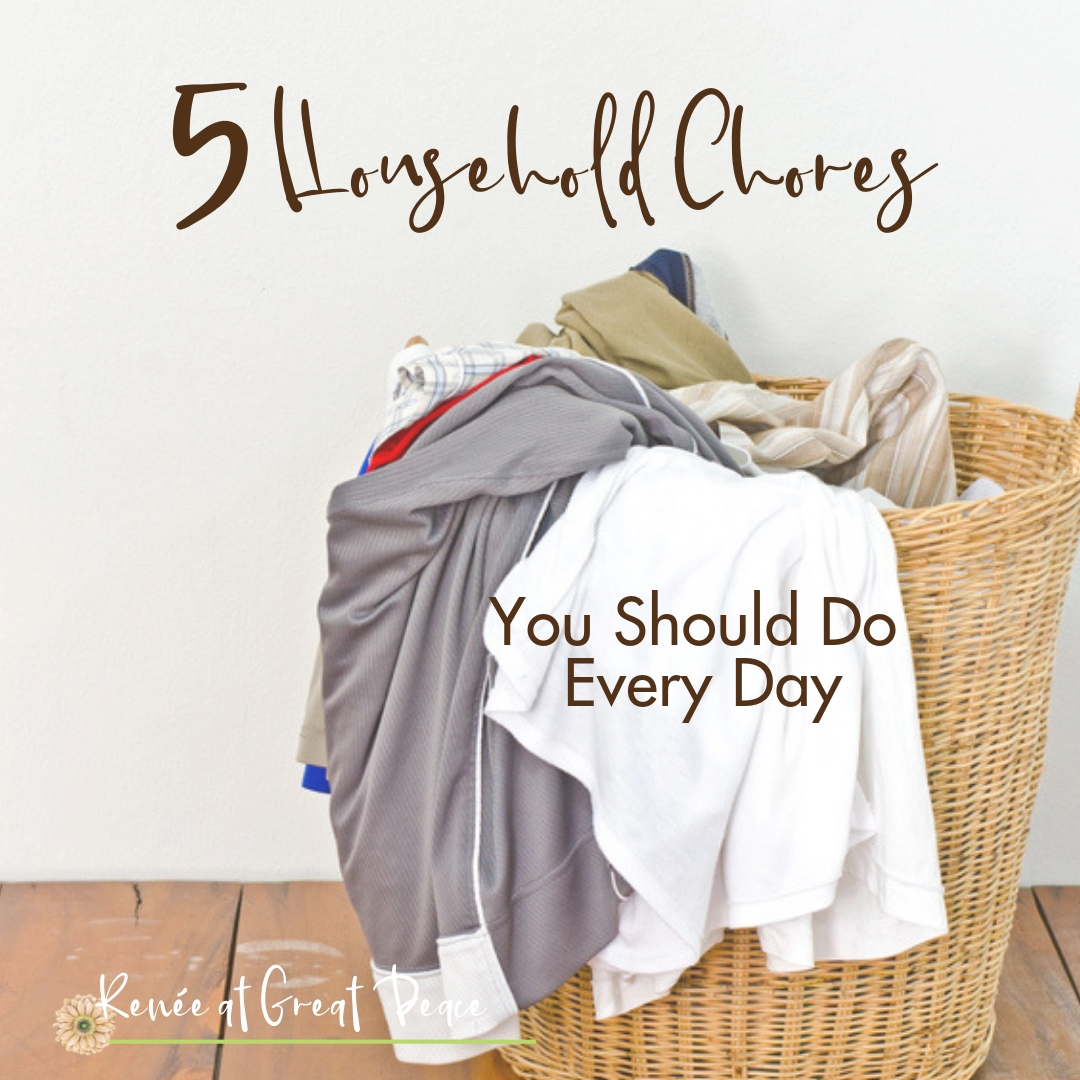
Meal Planning without a Plan Saves Time and Money
As a homeschool mom, I’m always looking for ways to stretch a dollar. One of the ways that I do this is by meal planning without a plan.
What? You may be wondering how that is even possible. How can someone save money without having a plan for meals before grocery shopping?

Meal Planning by Grocery Shopping
For me, meal planning should begin where your supplies are located. My supplies are stored in my pantry, fridge and freezer. To keep those stocks full I go to my supplier, the grocer.
You see I don’t want to think of the grocery store as the place that keeps what I need, I want to consider it the place where I re-fill my supplies. It’s a subtle difference.
Here are some shopping tips where meal planning without a plan is important.
This post contains affiliate advertisements.
10 Tips for Meal Planning without a Plan
It all comes down to how you grocery shop. When you go grocery shopping with pantry stocking mindset you limit the number of times you go to the grocery store.
1- Learn to Rely on Your Kitchen Stock for Planning Your Meals
This is a different mindset. Rather than relying on the grocery store to provide you with your meal, you learn to rely on your own stock of food to supply your meals.
With this method, meal planning begins after you shop and have put away your groceries.
I can’t stress this enough. Don’t rely on the grocery for your meals, learn to rely on your pantry, fridge and freezer for your meals.
If you shop once a week you most likely are relying on the grocery to store to supply your meals. In your mind you have to go there to get the food.
If you shop one time every four to six weeks then you learn to rely on your own stores of food and the grocery becomes one of your suppliers.
2- A Kitchen Supply List vs. Grocery List
I rarely make a grocery list. Even when I do I often forget it at home or leave it in my purse.
Why? Because I know what I keep in my pantry. I know what I can use and what I don’t use.
So, I keep those items that I use regularly stocked. When I’m in the grocery I think about what I’m running low on and then purchase based upon that.
Knowing your pantry and fridge supplies is key.
If you are a list maker and struggle with the idea of not having a list with you at the store keep a running pantry supply list, if you must you can make a grocery list based upon that.
3- Shopping with a different mindset.
When shopping for a stocked pantry I go to the grocery with the intention of stocking up on items that we are running low on. This is a different mindset than going to the grocery for things you run out of.
Generally speaking, if you keep a well stocked pantry, fridge and freezer you are not running out of items. Oh yes, occasionally you will use the last of something and you will get more during your stock up trip, but you’ll learn to do without things you’ve run out of until you return to the grocery.
But, by learning to keep your stock maintained, you will have the items you need on hand throughout the month.
A couple of exceptions to this are: keeping fresh milk and bread on-hand in the home. You may need to stop for those items, but restrain yourself from buying additional items.

4- Save money by shopping less often.
If you are new to this way of shopping you will have sticker shock the first few times you do this. Why?
Because if you shop every 4 – 6 weeks there will be a big number when you ring up the sale.
But think of it this way.
- If you shop one time a week and spend $100, then you are spending $400 a month.
- If you shop 1 time every 6 weeks, buying basic pantry stock items, you might spend $400.
- Which averages out to about $66 a week.
Also the fewer times you are in the store the fewer times you choose to buy impulse items.
5- Buy Sale Items
Over time you’ll begin to realize what you need vs. what you want. You’ll cull down what you spend when you do a large shopping trip and you can likely reduce your cost by being diligent about buying in both quantity and discounts.
- Look for items that have been deeply discounted or on clearance.
- Look for bulk sales, like 10 for $10. Instead of buying just one or two go ahead and buy 10.
- Boxed, jarred or canned items will last a very long time.
- Once home rotate the new items to the back of the stock and older items to the front so that you use the oldest first.
- Whenever possible buy the larger package, it will last longer and most likely is a better deal.
The clearance sections are my favorite places in the store. I find very good deals on bigger ticket items such as olive oil, balsamic vinegar, and spices.
6- Avoid Pre-packaged Meals
Many pre-packaged convenience meals are very simple to make. By keeping a well stocked pantry you will have the supplies on hand to make a similar, probably better, meal at home.
For example: Instead of buying a pre-packaged cheeseburger macaroni meal just make your own.
The reality is you have to supply and brown the meat anyway. You also have to cook the pasta from the package.
So what exactly are you saving by buying a kit?
In about the same amount of time you can make your own version. See my recipe below to learn how.
7- Whenever Possible Avoid Name Brands
Admittedly, there are items that are just better from a name brand, I have a specific preference for my both mayonnaise and ketchup. But, whenever possible I buy the store brand or generic.
I will also shop at places like Aldi or the local hometown store to find better deals. But, I also shop at the BIG name grocers and when I do I buy either store brand or generic whenever possible.
Not only will get a better deal you can afford to buy in larger quantity. If an item such as the ketchup I want isn’t on sale or the sale price isn’t enough, I walk away from it. I would rather wait and find a better price.
When stock shopping I most likely am not out of the item I am simply shopping for reserve items.
8- How to Save on Meat
Buy your meat when it is on sale and buy in bulk.
You pay a premium for meats that have been butchered and packaged in convenient portion sizes.
By buying the larger item you can separate the meat at home into convenience size portions and save money in the process. Trim the meat into usable portions in zip-lock bags for your own family. Then put quantities for the first few days worth of meals into the fridges.
Put the the rest in freezable zip bags and place in the freezer for later use. Or, use recipes for freezer meal cooking to prep some meals ahead, and makes cooking a breeze.
I buy whole chickens and cut the meat off the bone, I divide it into family size portions, in my case 3 portions and freeze in freezer bags.
I do the same for pork loins, cutting them into butterfly chops.
For ground meats, I separate the meat into 1 lb. portions for the freezer.
If I buy meat that is proportioned I still buy a larger package than I need generally, for a family of 3 I can split a 6 portioned package into 2 meals.
I also wait for sales. If the grocer doesn’t have beef roast on sale, I don’t buy it.
When it is on sale I buy several. Keeping a freezer filled with meats that you bought on sale and portioned yourself can save you many trips to the grocery store. Thus, saving you time and money.
9- I Don’t Coupon Shop.
I tried this, I really did. I gave it my best effort when I was doing it. I found that doing coupons caused me a lot of stress, a lot of time, and little reward.
- I found myself frustrated that my pantry was filled with items but they were not items that I generally use in cooking.
- I also found it to be more expensive because I was buying name brands to get the good coupon deals when store brands were cheaper without the coupon.
- I also had to shop more often to keep up with the expiring coupon, which put me in the store more often, which led to more impulse buys.
If I happen to have a coupon like a grocer’s exclusive coupon, I do put it in my wallet. However, I do not make a special trip to obtain or use the item. Rather, I hold it until the next time I shop.

Maybe you are thinking: But I buy Organic!
So do I. I would say that about 70 percent of what I buy is organic or all natural, especially fresh veggies and meats.
You have to be willing to stock up, and be willing to wait until the right sale in order to save money when buying organic. It can be done.
Also, stores like Aldi, Trader Joes, and local grocers now carry many organic and all natural options.
So keep an eye out for the best deals. Once or twice a year I make a trip to stores that specialize in organics and stock up on organic freezer items.
What do you think about stocking up? Feel free to let me know your ideas about meal planning by leaving me a comment. I love chatting with my readers.
You May Also Enjoy
- Summer Dinner Ideas the Family Will Love
- Simple Tips to Manage Household Chores
- Cooking 101 To Teach Your Teen
Be sure to check out the iHomeschool Network Autumn Hopscotch.







